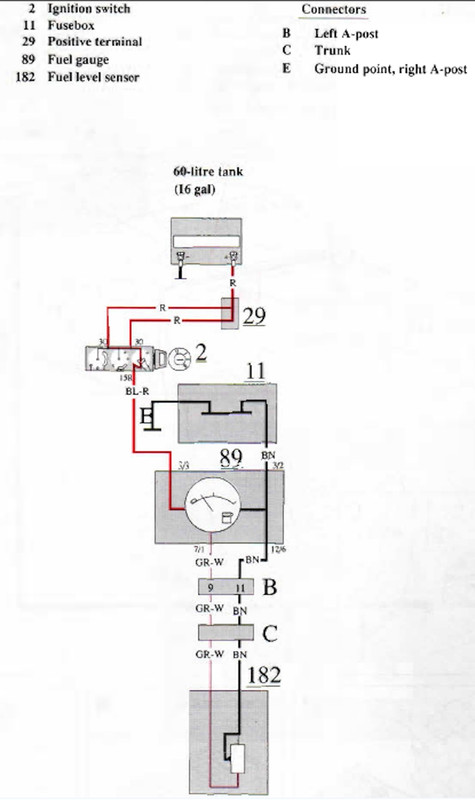itlksez
Member
- Joined
- Oct 6, 2009
- Location
- Post Falls, ID
I have two wires coming from my sender. One is brown, the other is white/gray. Both show 100% resistance (tester doesn?t move) when tested to (-) independently, and they show zero resistance (gauge spikes) when tested between the wires. Tank is around 1/2 full.
The gauge I got only needs one wire. What are these two wires?
I?m reading that the brown should be grounded? If I ground the brown, I still show no resistance in the gray wire. Is my sending unit screwed up?
The gauge I got only needs one wire. What are these two wires?
I?m reading that the brown should be grounded? If I ground the brown, I still show no resistance in the gray wire. Is my sending unit screwed up?




